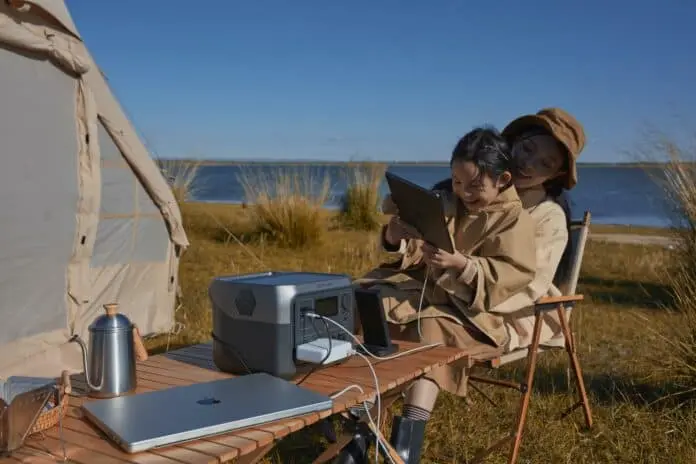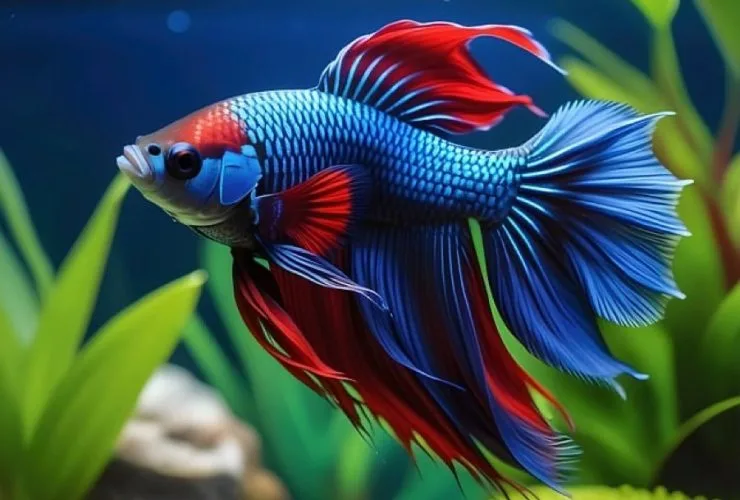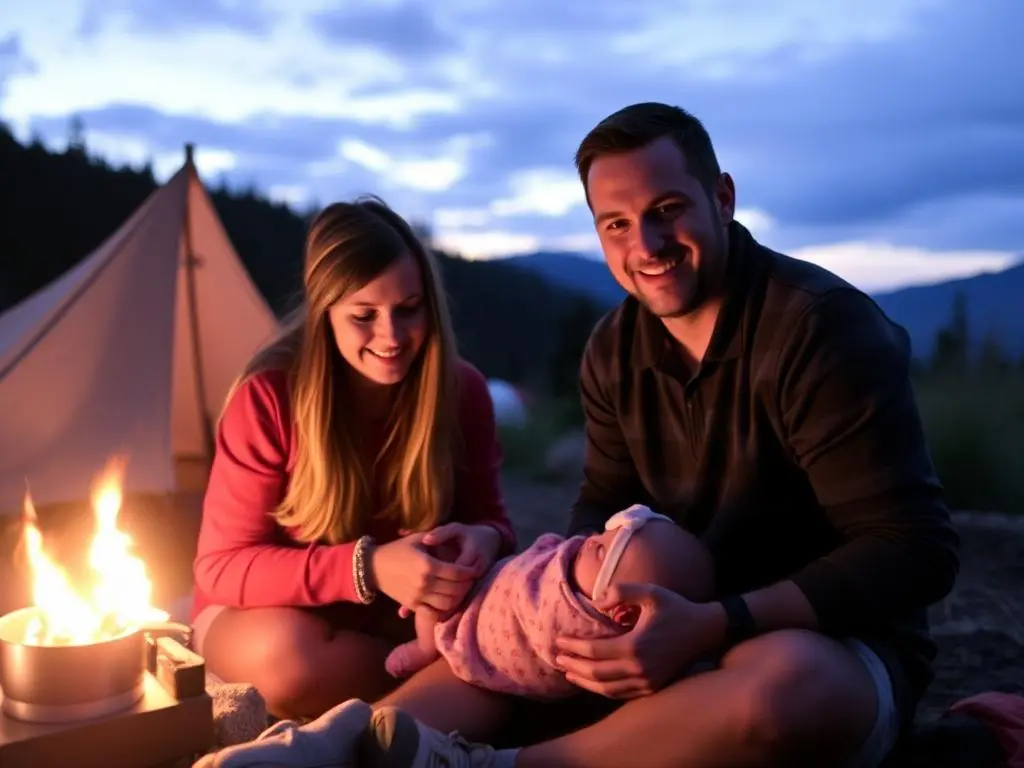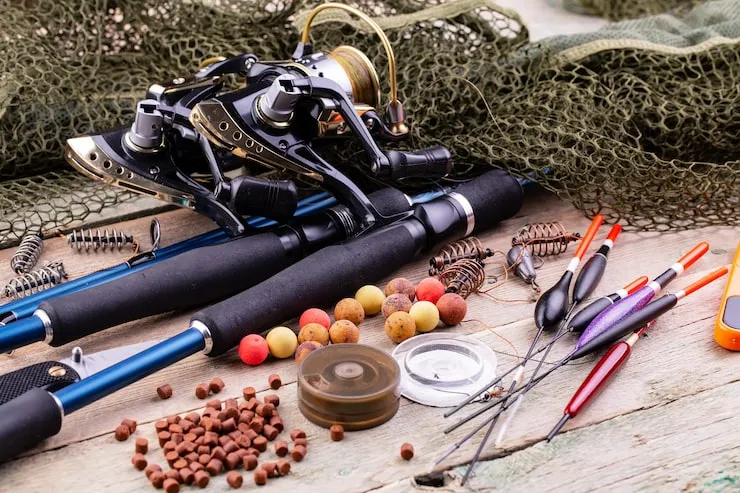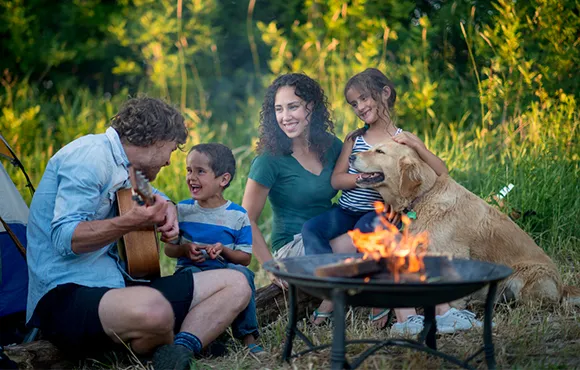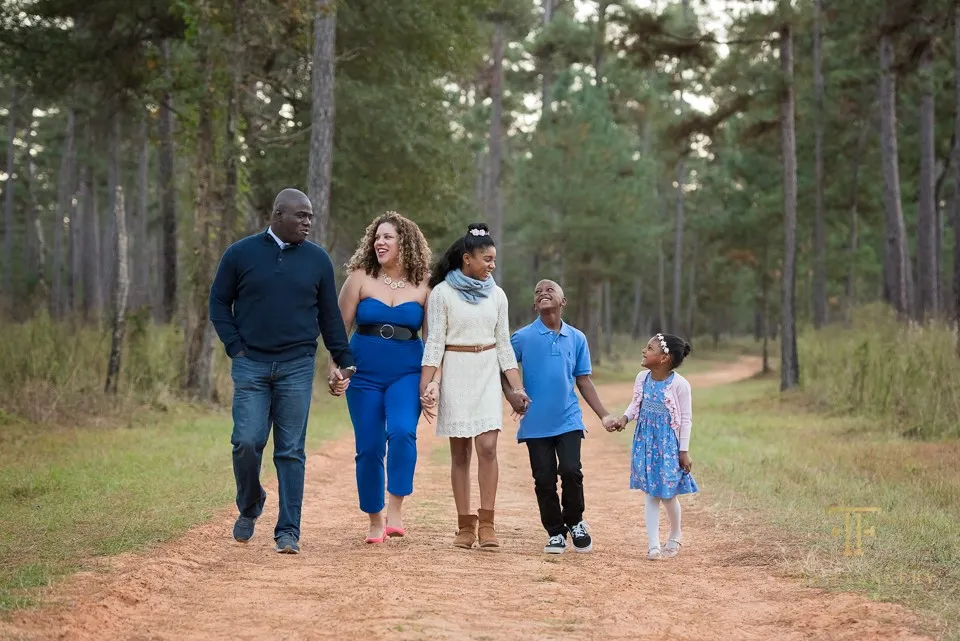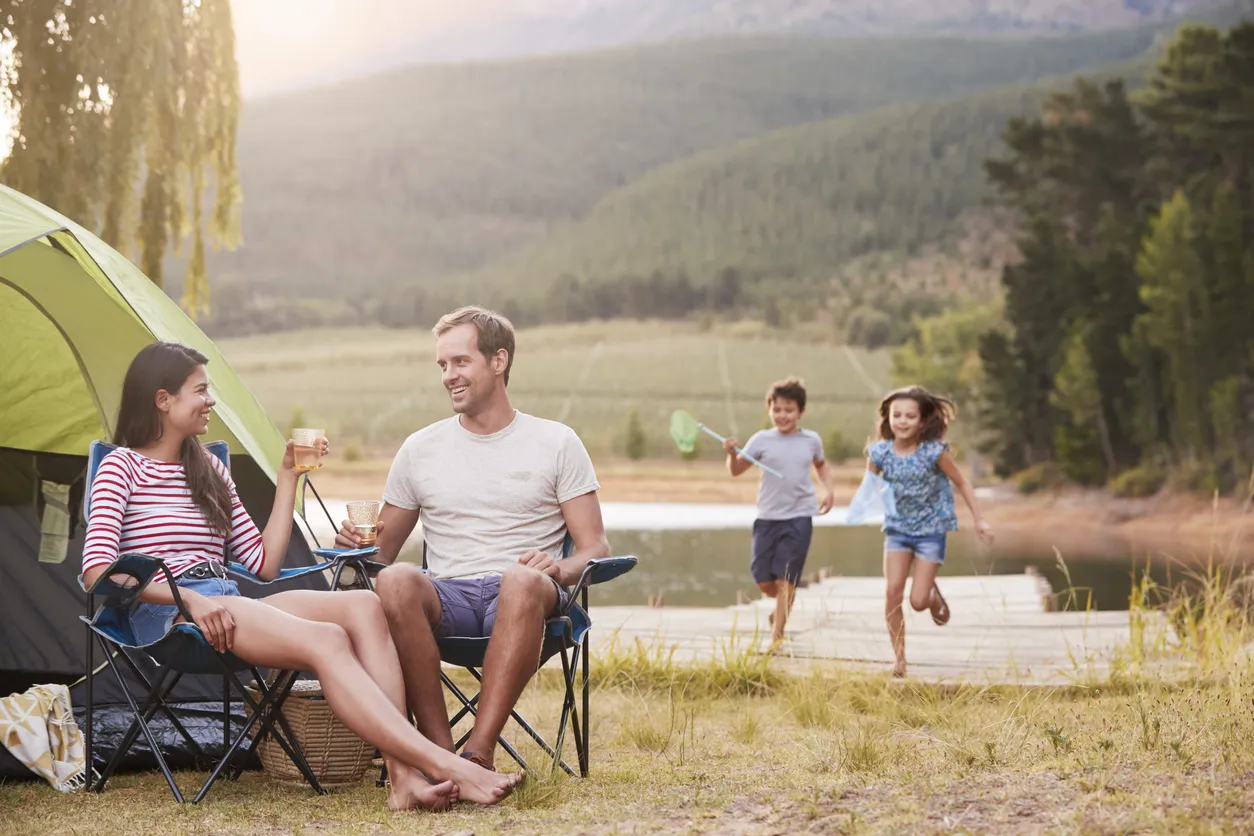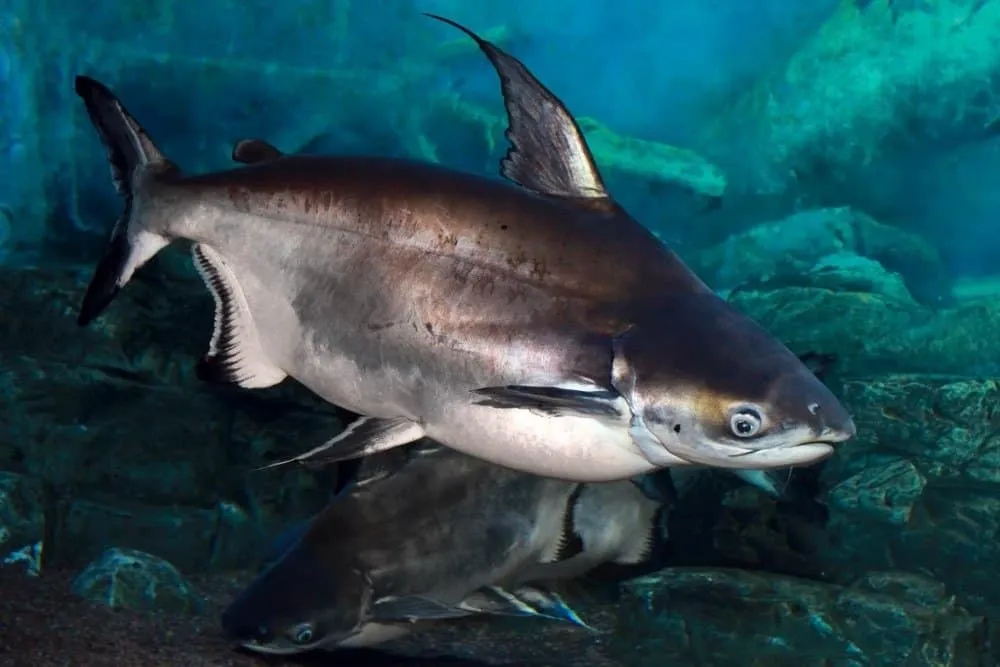Photo By Jeff Sullivan
The Oregon Coast contains varied seascapes of sandy beaches, bluffs and “sea stack” rocks separated from the rugged shoreline by wave erosion. Much attention is focused on the iconic Haystack Rock at Cannon Beach and the picturesque rocks on the beaches at Bandon, Oregon, but there are countless gems to be found with further exploration.
One particularly target-rich segment of the coast is the 12-mile Samuel H. Boardman Scenic Corridor between the towns of Brookings and Gold Beach on the Southern Oregon Coast. Just to the north lies Pistol River State Scenic Viewpoint and the Myers Creek Beach access, with low dunes and grasses, many sea stacks and a natural bridge.
The area is popular with windsurfers and kiteboarders on windy days, sightseers in the busy summer months and photographers at sunrise and sunset. On this mid-September evening, we had it to ourselves. With a light breeze and the sun shooting golden-hour light under thin clouds, I came across this scene, with a curving ridge of sand providing a high contrast s-curve of sand and light, leading to an imposing sea stack and the additional sea stacks and undulating low dunes of the beach beyond.
The range of light from the haze-scattered sunlight to the shaded black sea stack was going to be too much for a single exposure, so I set my camera for automatic exposure bracketing to capture five shots one stop apart from each other. Shooting in aperture priority at ƒ/16, I estimated the hyperfocal distance at about 12 feet, providing a depth of field of 6 feet to infinity. My camera was over 4 feet off the ground, so everything from a few feet in front of the tripod to infinity should be sharp. The grass would be abstracted by movement in the wind anyway, and that would help direct attention to the warm, sharp sand dune ridge and sea stacks. I had a circular polarizing filter rotated to help cut atmospheric glare and increase contrast and detail in the clouds. That would cut two stops of light as well, helping with the beneficial grass movement.
The bracketed images were adjusted in Adobe Lightroom. The four darkest exposures adequately covered the range of light, so those were sent through Photomatix 6.1 to produce a TIFF file with higher dynamic range than a single exposure. The Photomatix result was then given a final adjustment in Lightroom prior to conversion to JPEG.
The Pacific Coast can be cool and cloudy or foggy on many summer mornings, but September can offer warmer, clearer weather before fall storms bring the rains that enable the fall salmon and steelhead runs in smaller streams. Like the salmon, I hope to return to the Oregon Coast each fall when the conditions are just right. OP
See more of Jeff Sullivan’s work at jeffsullivanphotography.com.
Canon EOS 5D Mark IV, Canon EF 24-70mm f/2.8L II USM. Main exposure: 1/8 sec., ƒ/16, ISO 200, with one darker exposure and three brighter ones.

